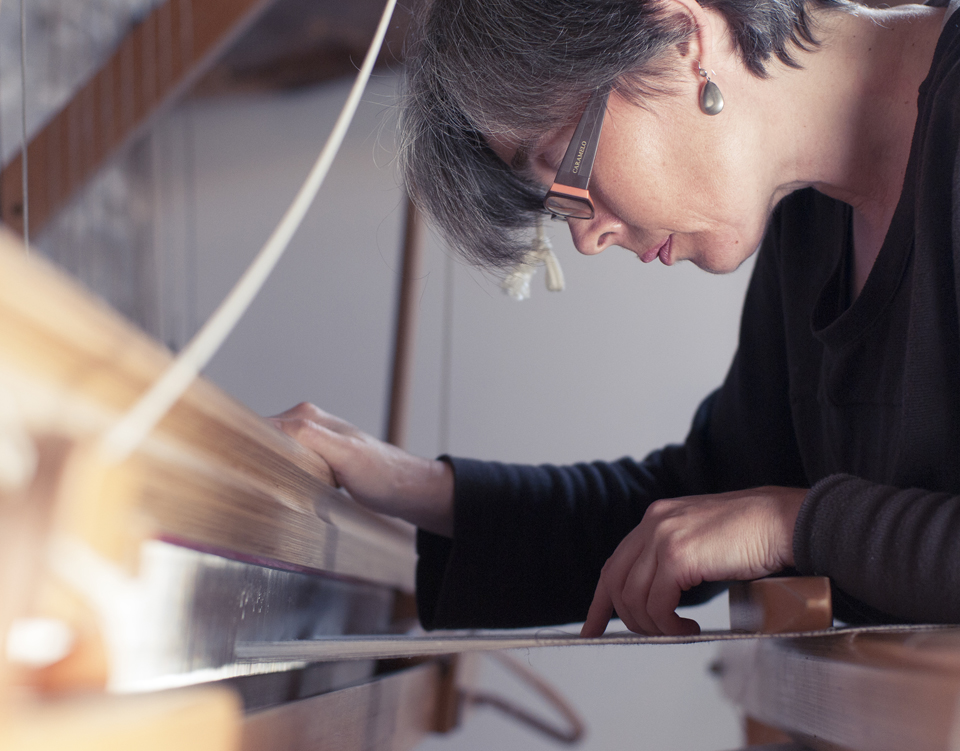In the age where things and services are bought on the Internet, the traditional and craft professions are valued again. They make the leap by incorporating tendencies and technology in a post-industrialized age.
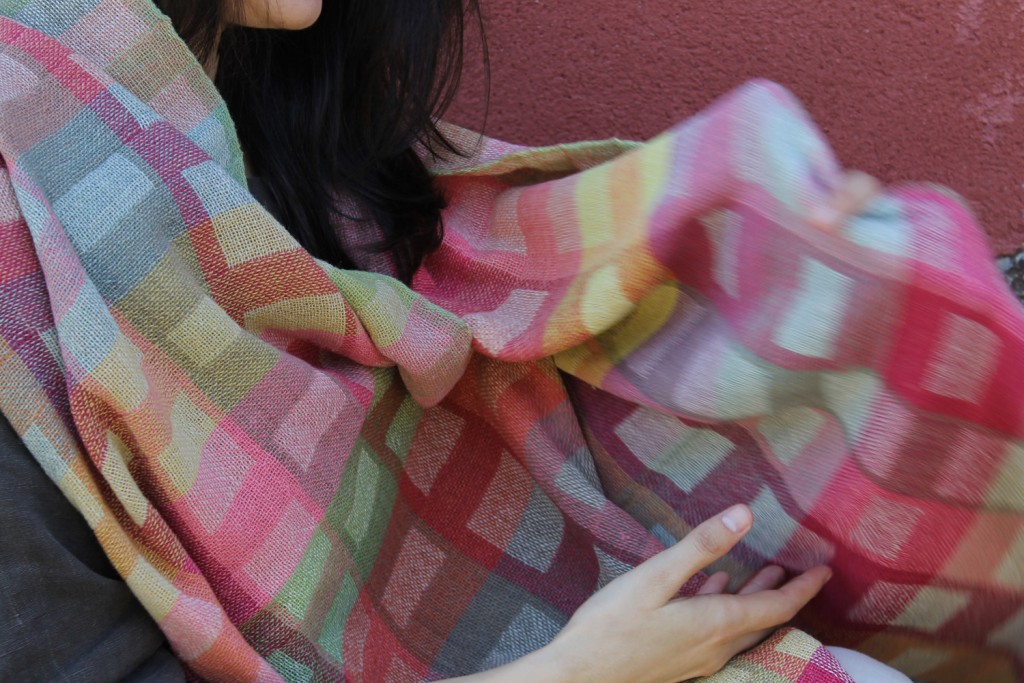
Craftwork is fashionable. Opposite to the homogeneity of the industrialized production, the audience today looks for the exclusivity and the emotion granted by the handcrafted pieces. But what is craftwork? Nowadays, the answer to this question brings up lots of doubts. As Anna Champeney points out, craftwork goes beyond the manual work. Otherwise, the beautiful blankets and scarfs made with her digital loom would no longer be considered handcrafted.
We tend to think at a craftsman as someone who works alone, in his atelier, practicing antique techniques with his own hands, manufacturing objects thanks to his expertise and respecting the elegance of the materials. This is why it is less and less frequent. This millennium has given birth to the craftsmen 3.0, who incorporate the benefits of the application of digital tools to get pieces of better quality. The traditional definition of craftwork by UNESCO “handmade or produced or made with hand or even mechanical tools, as long as the direct manual contribution of the craftsman is the most important component of the final product” is completely outdated.
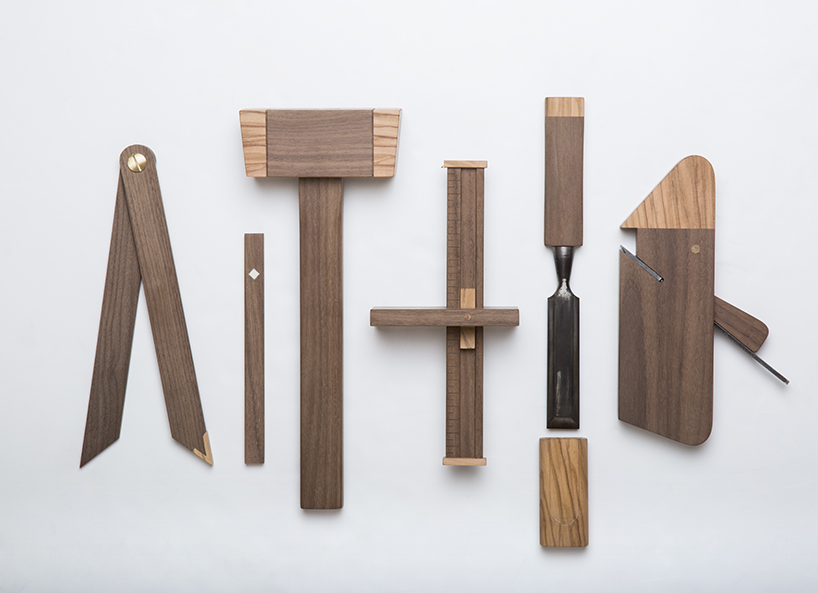
Craftsmen 3.0: the new craftwork
“The craftwork starts in the craftsman’s mind and not in his hands”. This is how Anna Champeney summarizes the concept of craftwork we have seen in our days, with an emphasis in the “author” part of the process: what involves thinking, exploring, considering, in direct connection with the materials. “I understand the word craftwork in the broader sense of authorship of pieces and the inclusion of artisan techniques as an essential part of the process to express the ideas”. However, it goes beyond being products that use artisanal processes, it includes major brands and industrial designers who use artisanal techniques and philosophies in their collections.
Let’s think about objects that are the result of a customized creative journey: fashion, furniture, jewelry… except this tendency goes beyond and it sits at our table. Sourdough bread or craft beers invades the most cosmopolitan neighborhoods of big cities. Many of these small craftsmen are in the map thanks to their appearance in the network of networks. “Internet of course helps the projection but it is just an additional tool”, Arturo Álvarez specifies, in line with Anna Champeney, who considers necessary to work more and better to make it become an “alternative to the face-to-face contact at international trade fairs”.
Arturo Álvarez: the handmade success
Who has never dreamed of enlightening his life – or at least his living room – with an Arturo Álvarez’s lamp? The international triumph of this Galician man evidences that the combination of design and handmade triumphs, given that all his designs are developed “by expert craftsmen, with years of experience in a studio” starting from their patterns. “I have always enjoyed working with my hands, it’s always been natural. There are people who like humanized pieces, with a soul, capable of transmitting emotions, entirely handmade.
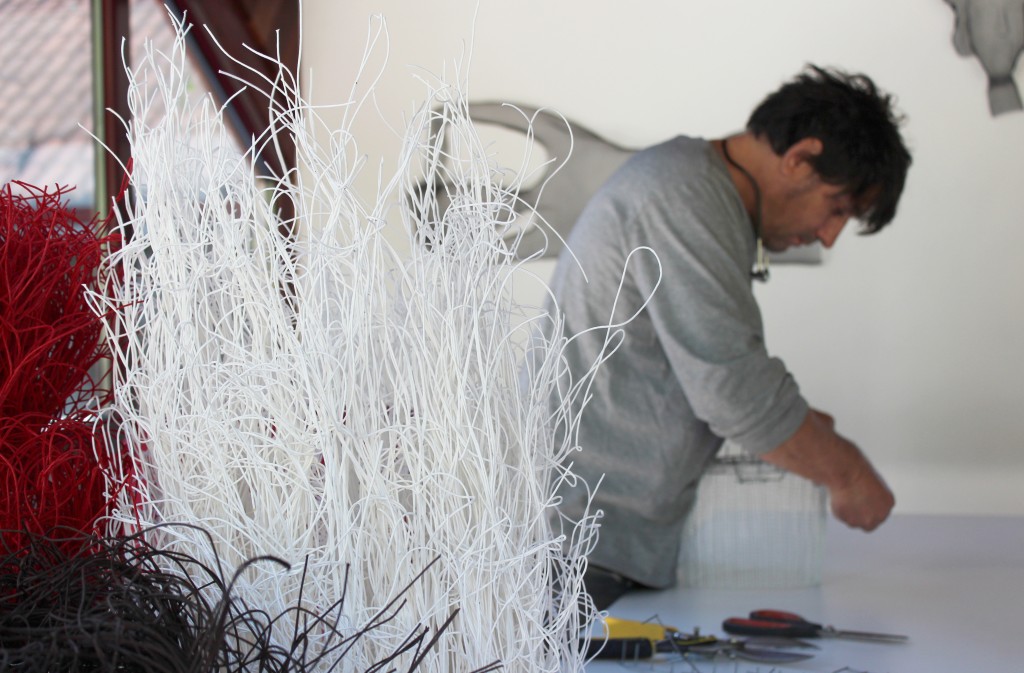
Before getting to these patterns, Arturo Álvarez faces a creative process that can take years of thinking and trying, in which “sometimes I start from daily materials that get my attention or I enjoy mixing them up. The shapes and volumes also mark this process and in the last years the consideration about the human being also represents a starting point”. And so, how do you define yourself? I feel like a creator, although I am also a designer and a craftsman, due to the professional spheres of activity where I move in. From my point of view, the title is not as important as how the work is approached”.
Neither he gives importance to the fact the he triumphed from Vedra, a small town in Galicia, “working with passion, believing in what you do and surrounding yourself with a professional and motivated team”. From another village, Anna outlines that this is what allows her to embrace this lifestyle “products that tell their own story”. Images, themes, objects… The origin of her inspiration can be found everywhere. “People, creatives, we are a bunch of experiences throughout life, everything is there and keeps getting wider and feeding on many sources”.
The combination of “age-old techniques, based on our ancestors’ experiments for hundreds of years worthy of our total respect” to use a contemporary language is one of the keys of his triumph, together with “the perception of a serious and coherent work over many years”.
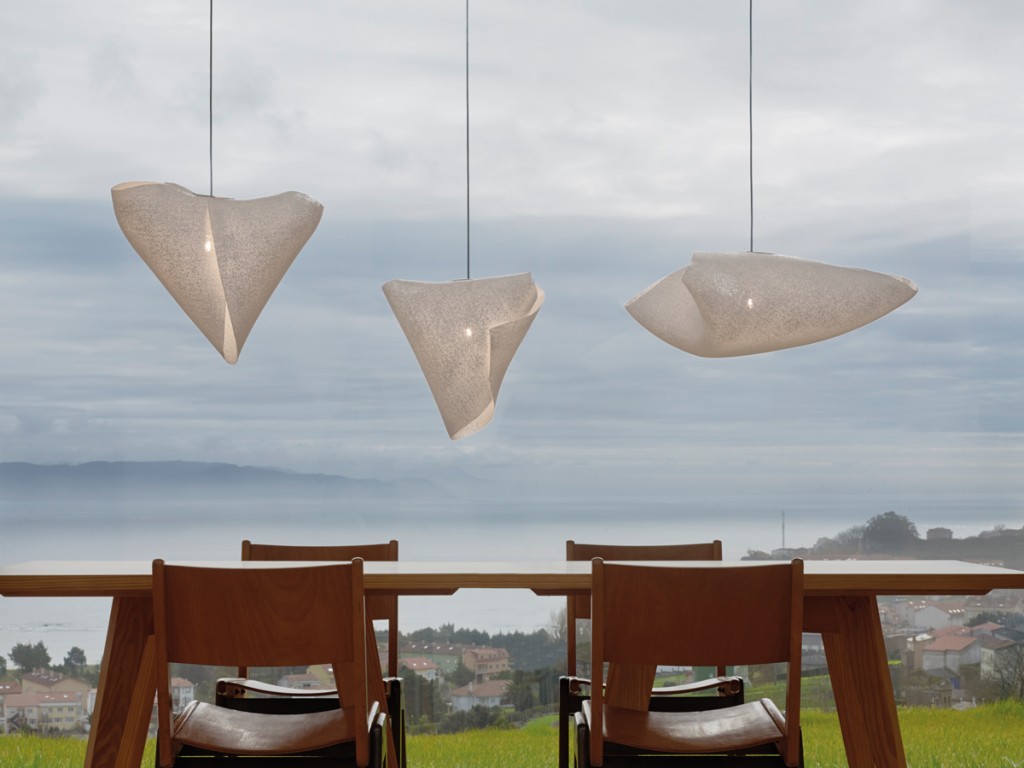
Digital Handmade: technology and artisanal work
Lucy Johnston is one of the major advocate of the combination between artisanal and digital techniques in the production of unique objects “that could never be entirely hand or machine-made”. This English journalist has been travelling the world for 18 months interviewing these new craftsmen 3.0 to present them to us in her book “Digital Handmade” (Thames & Hudson, 2015). 80 artists such as the Belgian Wim Delvoye, the Australian Valissa Butterworth or the British Nadia-Anne Ricketts which head the response against the industrial revolution, that disregarded the role of the craftsman, combining in their work the precision of the digital technologies with the emotion that the traditional artisanal technics can so well transmit.
“Just because you use a computer, many people think you are cheating”, points out Johnston during an interview for Wired, “still it takes thousands of hours of specialized work to create the final piece”. Anna Champeney explained that to us when she talked about her digital loom, an element that allows her to carry on much more complex and sophisticated pieces with the support of a design software, which is “not an automated loom, it still is manual” and it requires the same dedicated work of fabric of each piece.
If the combination between technology and work craft may seem like a contradiction, seen the result, we love contradictions!
